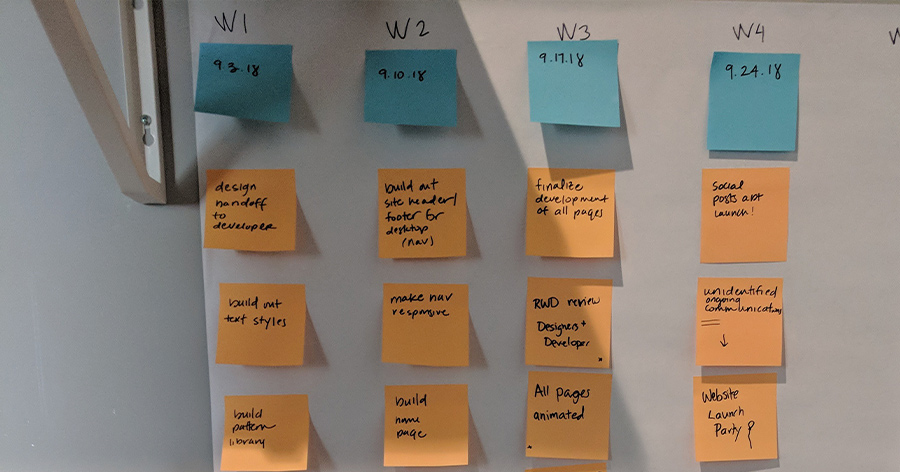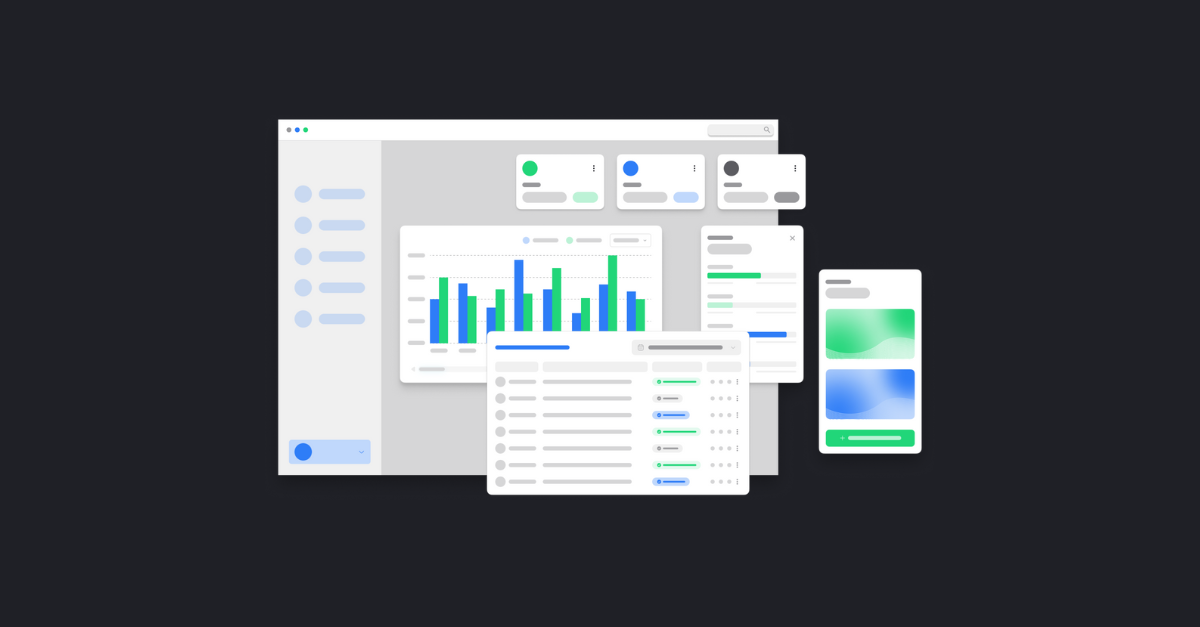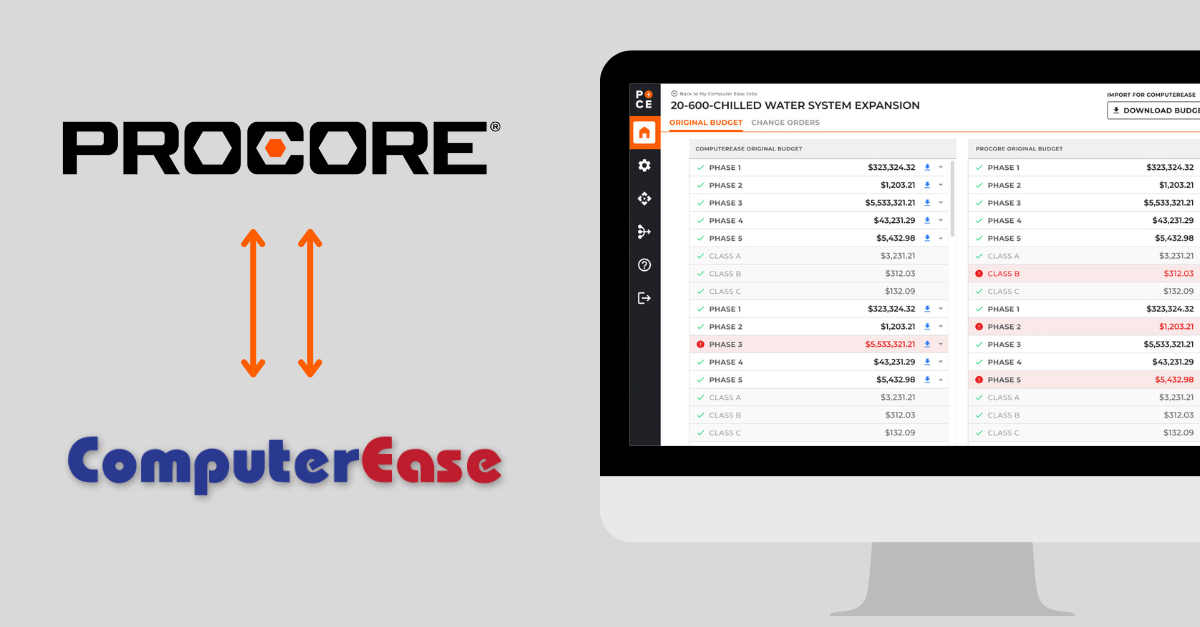You’ve heard the term “agile” bounced around in conference calls and meetings. It seems as if every business today would like to adopt the methods of agile planning. But what does this term really mean? This project planning method estimates a project using self-contained work units called iterations. Short time frames allow teams to define which items are done in each iteration and creates a process that can be replicated, and, in turn, helps teams understand how much—and how fast—they can achieve stated goals. Traditionally, this approach has been used in software development but could be applied across numerous business models.
DOWNLOAD THE SPARK GUIDE TO CUSTOM SOFTWARE DEVELOPMENT⟶
The Misnomer of Agile Planning
While the agile process is relatively straightforward, some people struggle with the seemingly inherent contradictions that lie with planning for the long-term while also remaining responsively agile. For example, product leads may have a strong sense of what’s needed on their project and can plan out 18 to 24 months-worth of work. At first glance, this long-term approach might seem in opposition to the concept of being agile, but SPARK’s Product Managers have found strategies where longer horizon needs (budget, staffing, implementation plans, etc) can coexist with weekly sprints and small feedback loops.
Agile Planning in Action

SPARK executes project management by differentiating between “a plan” and “planning.” Using agile planning, we don’t “plan the work and work the plan.” Instead, we consider the idea of planning. This way, we’re able to remain flexible when plans change and quickly adjust according to new requirements and ideas when designing custom software products.
It’s key to understand that long-term agile planning happens during many stages of a project’s lifecycle. Our initial Kickoff engagement with our clients includes the discovery and design work to define business problems and show clients their options. The first phases of creating a Product Foundation initiates our agile planning and results in a big picture product roadmap. At early discovery stages, it’s still recognized that this is only an “informed guess” at a long-term plan. This scoping method lays the groundwork for new projects and can also be used to impact the trajectory of existing project plans.
Agile Planning Allows for Focus on High-Level Goals
The agile approach to project planning is then implemented over the course of a medium horizon period of time. Quarterly planning, for example, keeps the focus on higher-level goals without the development team and stakeholders getting caught up in day-to-day tasks. Product Managers can easily shift priorities as needed, without compromising the overarching goals. As we decide on these important goals with our clients and our team at SPARK, we gain alignment on answering “What’s the next best step?”
Designing a quarterly plan makes it easy to keep high-level goals in mind and it also keeps the backlog clean. To illustrate, we may meet with a client in November who determines a goal that’s set to be completed in January is no longer relevant. Instead, this client might decide they want to move the January goal to December. Additionally, the requirements may have changed because they’ve abandoned a feature they no longer need. Because we are using the agile methodology, SPARK can easily shift gears because it’s understood that we are deciding on priorities together. Furthermore, our PMs are intentionally building stories into the backlog to span a shorter amount of time, ideally one to two weeks in advance. By using this method, there’s no time or budget lost when priorities and requirements change— as they inevitably will.
An Example Quarter Plan

Above an example of a quarter plan SPARK developed as part of managing the work on a new website. By thinking through the current velocity and matching it to the client’s goals, the Product Manager was able to roughly plan where we should be in any given month. The key here was that she was able to identify important conversations that were required with the project’s stakeholders in the future so that these were scheduled and clarity on the next steps was established before each iteration.
Even with long-term goals mapped out, the Product Manager only expended time to build out her stories in Pivotal Tracker (our agile project management software) for two weeks of work at a time. Using this approach, SPARK was able to eliminate wasted planning hours and remain flexible on our future goals in case priorities were to fluctuate.
This snapshot look into the world of SPARK’s agile planning can help to influence your project management processes, but it’s also a window into understanding how we proactively manage our client’s valuable resources – budget, time, and attention. Using the agile methodology means limiting waste—and when we work efficiently, our clients win. By understanding high-level goals of the project, our Product Managers can design plans that quickly respond to your changing priorities and feedback. Regularly executing small feedback loops between our teams and our client is the key when it comes to staying aligned and building the best possible custom software solution.





